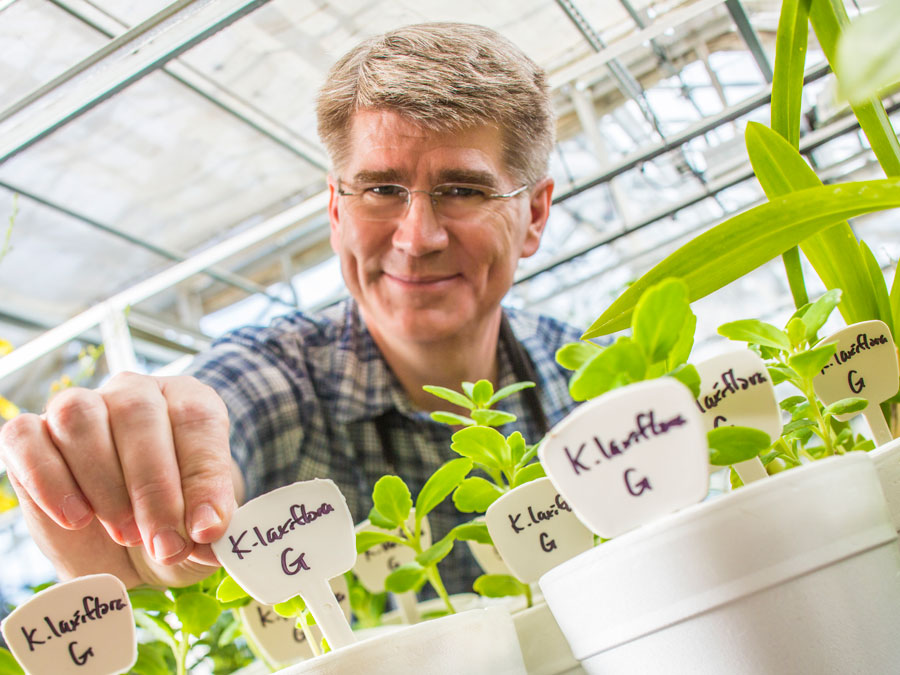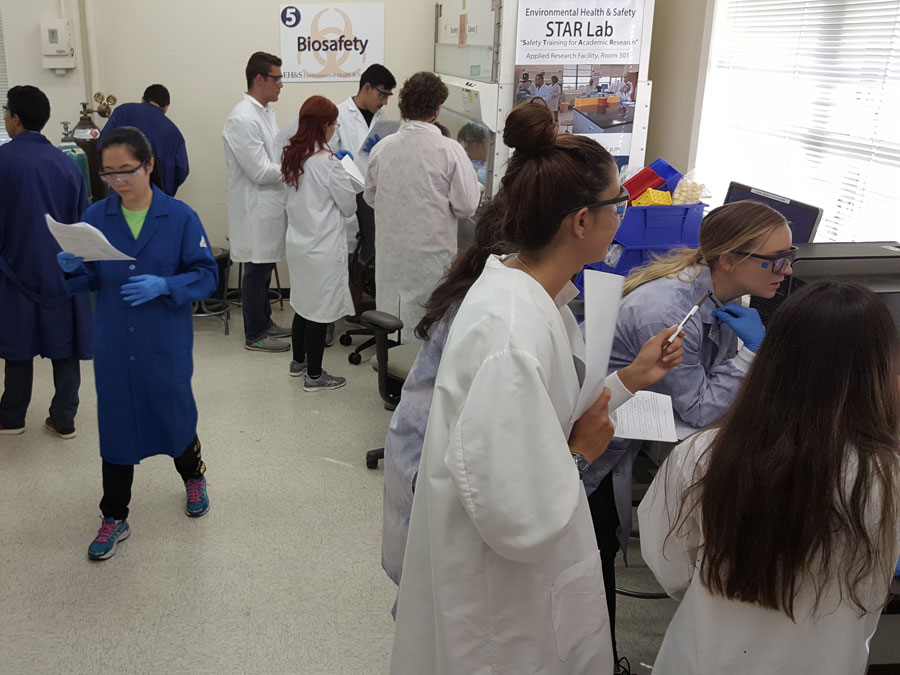Actively taking steps to promote and facilitate an ongoing safety culture plays a crucial role in preventing life-threatening incidents across University of Nevada, Reno settings. On Nov. 8, 2021, Environmental Health & Safety (EH&S), part of Research & Innovation, hosted a webinar where University leaders and esteemed guest speakers discussed the importance of continually reinforcing a culture of safety.
“From our laboratories, classrooms and meeting spaces, to our performing arts venues, athletics venues and residence halls…it’s imperative that we support and strengthen a culture of safety,” said University President Brian Sandoval in opening remarks. “This starts with policies, procedures and resources, but a culture of safety is much more. It’s a culture where we are vigilant, where we value the opportunity to continually improve, where we value training and preparedness, where we look out for one another.”
Mark McLellan, University of North Texas vice president for research and innovation, and Craig Merlic, UCLA professor and executive director of the UC Center for Laboratory Safety, were guest speakers at the event. The program also included remarks from Environmental Health & Safety Associate Director Ben Owens and University Vice President for Research and Innovation Mridul Gautam.
Previously a co-chair of the Association of Public and Land-Grant Universities’ (APLU) Council on Research Task Force on Laboratory Safety, McLellan shared noteworthy insights and takeaways from APLU’s “Guide to Implementing a Safety Culture in our Universities,” a document containing detailed steps, recommendations and resources on how to institute a culture of safety.
One point that McLellan emphasized is the role that personal accountability plays in encouraging safety culture at universities. “Everyone, at all stages, has a personal accountability that they must own,” he said, and when the entire university community—including everyone from the janitorial staff, faculty and students, the dean, provost and more—takes responsibility for the safety of themselves and others, it makes a considerable difference.
“Near misses,” or unplanned events where there are no personal injuries or property damage, were an integral part of Merlic’s presentation. Because no harm is caused, there is typically a reluctance to document near misses, despite how crucial they are to preventing larger, more dangerous accidents. He shared his survey findings that showed how discussion and documentation of near misses by faculty can greatly reduce the chances of more near misses or even accidents across campuses. Creating a lab environment with strong faculty leadership, risk assessments, clear communication of safety procedures and reporting of near miss events is fundamental to avoiding tragic accidents.
Merlic also emphasized that “hazards are everywhere,” and not exclusive to research involving subjects like chemistry. One example he gave was art, a creative or academic area not normally thought of as hazardous. However, some art materials can be highly flammable solvents or carcinogenic dyes.
“The most common problem is people don’t recognize the hazards of what they’re working with,” he said. “Largely, [incidents] occur because people thought they weren’t working with hazardous materials.”

Owens highlighted the newest initiatives through the University’s EH&S to promote safety: the Safety Training for Academic Research (STAR) Lab and the provision of the “Safest Teaching Assistant” and “Excellence in Laboratory Safety” awards. The STAR Lab is a dedicated safety instruction facility offering training on a range of laboratory and occupational safety topics. The awards provide extra incentive for researchers to continually monitor and promote safety.
These initiatives build upon the support and expertise provided by faculty-led University Safety Committees. Providing guidance and institutional support, these committees add to the expansive number of services that EH&S offers across campus and disciplines.
Gautam closed the meeting by reiterating the importance of incorporating safety culture into all University spaces.
“This is about embracing a commitment to keep our Wolf Pack family safe in our research and teaching laboratories, in our shops, studios and stages, in our classrooms, and on this entire campus. This starts with leadership commitment and it extends throughout our organization,” he said.















